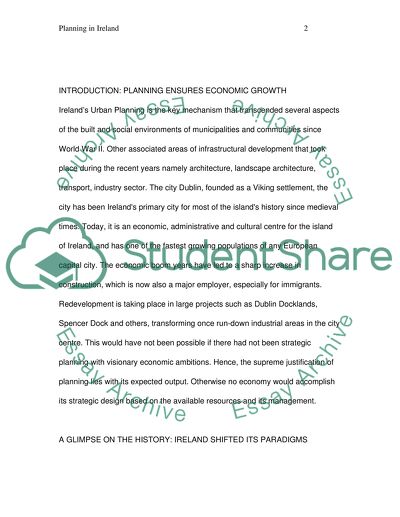Cite this document
(“Planning in Ireland. Does Planning Ensures Economic Growth Essay”, n.d.)
Planning in Ireland. Does Planning Ensures Economic Growth Essay. Retrieved from https://studentshare.org/miscellaneous/1503593-what-is-the-standard-jusification-for-planning-is-it-correct
Planning in Ireland. Does Planning Ensures Economic Growth Essay. Retrieved from https://studentshare.org/miscellaneous/1503593-what-is-the-standard-jusification-for-planning-is-it-correct
(Planning in Ireland. Does Planning Ensures Economic Growth Essay)
Planning in Ireland. Does Planning Ensures Economic Growth Essay. https://studentshare.org/miscellaneous/1503593-what-is-the-standard-jusification-for-planning-is-it-correct.
Planning in Ireland. Does Planning Ensures Economic Growth Essay. https://studentshare.org/miscellaneous/1503593-what-is-the-standard-jusification-for-planning-is-it-correct.
“Planning in Ireland. Does Planning Ensures Economic Growth Essay”, n.d. https://studentshare.org/miscellaneous/1503593-what-is-the-standard-jusification-for-planning-is-it-correct.


